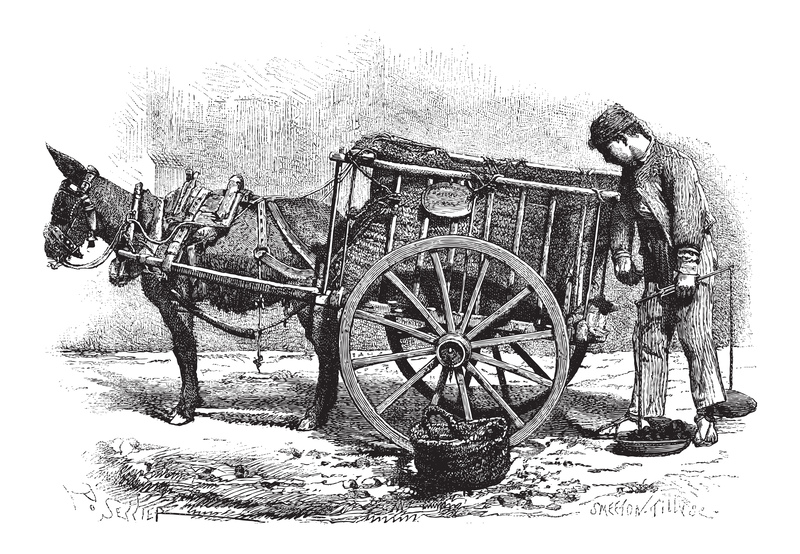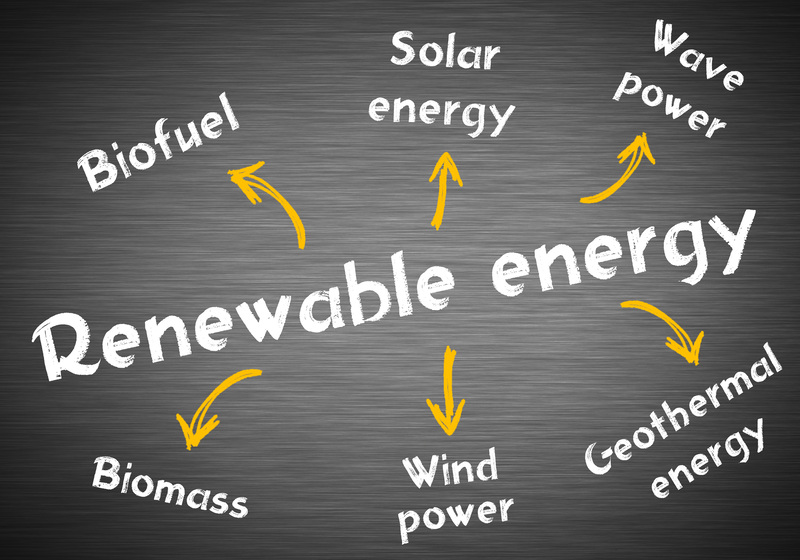Steps to Take When Disposing of Aged Electronic Chargers
With rapid advancements in technology, it's common for households and offices to accumulate aged electronic chargers. Disposing of these outdated chargers in an environmentally friendly and legally compliant way is crucial to reducing electronic waste and its harmful effects. This comprehensive guide covers each step to ensure responsible disposal of old electronic chargers, helping protect our environment while keeping your homes clutter-free.

Why Is Proper Disposal of Aged Electronic Chargers Important?
Every year, millions of chargers are discarded globally. Improperly disposed chargers can leak hazardous materials like lead, cadmium, and plastics, contaminating soil and water. Below are a few reasons why you should never throw your used chargers in general trash:
- Environmental Protection: Chargers contain components that can pollute when not recycled correctly.
- Resource Recovery: Many materials inside chargers can be recovered and reused, minimizing mining and manufacturing demand.
- Legal Compliance: Many regions now regulate disposal of electronic waste.
Ensuring responsible electronic charger disposal benefits both society and the planet. Let's walk through the vital steps to do it right.
Step 1: Assess the Condition and Potential for Reuse
Test the Old Charger
Before you decide to discard, check if the charger still works. Sometimes, chargers are replaced unnecessarily, or a simple fix such as cleaning the pins makes them usable again.
- Check for damage: Look for frayed wires, broken plugs, or overheating marks.
- Test compatibility: See if it fits any other appliances you own.
Consider Reuse or Donation
If the charger works and is just outdated for your needs, consider giving it a second life:
- Pass it on to friends or family who may use similar devices.
- Donate to schools, thrift stores, or local charities who repurpose electronics.
- Look for online communities accepting used electronics (Freecycle, local social groups).
Step 2: Prepare Chargers for Recycling or Disposal
Remove Personal Data
While chargers themselves do not store data, ensure you remove any smart cables or adapters with memory functionalities (some smart chargers retain device details).
Bundle Accessories
Gather any cables, connectors, or adapters that originally came with the charger. Bundling accessories increases the likelihood they are accepted for recycling or reuse, reducing total waste.
Step 3: Find the Right Disposal Channel
Locate a Certified E-Waste Recycling Center
Electronic waste or e-waste must be treated at specialized facilities. Use the following tips to help you locate an appropriate recycling program for chargers:
- Search local government websites for designated e-waste drop-off points.
- Consult online directories such as Earth911, Call2Recycle, or recycler locator tools.
- Check retailer programs. Many electronics shops and supermarkets accept old chargers and cables as part of take-back schemes.
- Contact the device manufacturer. Some brands provide mail-back programs for end-of-life chargers.
Remember: Never place aged electronic chargers in residential recycling bins; they must go to certified centers for safe processing.
Exploring Take-Back Initiatives and Events
Many communities run periodic e-waste collection events. These are perfect for gathering not only old phone chargers but also other unused electronics. Keep an eye on municipal bulletins or environmental groups for upcoming events.
Step 4: Understand Local Disposal Guidelines and Laws
Laws around disposing of old electronic chargers can vary significantly depending on your region.
- Review local laws: Many municipalities ban e-waste from general trash for safety reasons.
- Follow specific sorting or packaging requirements: Some centers require chargers to be separated from batteries or other hazardous components.
- Understand possible disposal fees: In some cases, a small fee is charged to cover safe recycling costs.
*Violating e-waste regulations can result in fines and environmental harm--double-check your responsibilities!*
Step 5: Pack and Deliver Chargers Correctly
Proper Packing Methods
For your safety and to assist recyclers, pack your aged electronic chargers carefully:
- Use a box or paper bag: Prevent cables from tangling or catching on other items during transport.
- Label the contents: If required, indicate the type of chargers inside.
- Remove batteries: If the charger contains built-in batteries, these often require separate disposal.
Don't Mix with Hazardous Waste
*Never pack chargers with items like paint, chemicals, or other non-electronic hazards.* Safe disposal starts with responsible packaging and separation at source.
Step 6: Stay Updated and Spread Awareness
As technology and regulations evolve, so do methods for disposing of outdated chargers. Stay connected with local authorities and environmental organizations to keep up with best practices. Share tips with friends and family--collective action makes a bigger impact!
Additional Tips for Managing Charger Waste
- Purchase high-quality chargers to reduce frequency of replacements.
- Favor universal chargers: Less device-specific waste means simpler disposal and recycling.
- Encourage community e-waste collection drives to raise awareness about responsible disposal of electronics.
What Happens to Chargers After Disposal?
Once safely dropped at certified recyclers, end-of-life electronic chargers undergo a systematic recycling process. Here is what typically happens:
- Manual sorting: Chargers are separated from other types of electronics.
- Dismantling: Technicians disassemble chargers to remove plastic, metal, and copper cables.
- Material recovery: Valuable metals such as copper, gold, and aluminum are extracted and sent for reuse in new products.
- Safe disposal of non-recyclables: Any hazardous components are treated according to environmental guidelines and laws.
This industrial-level process not only keeps toxins out of landfills but also conserves natural resources through reuse.
Common Mistakes to Avoid When Disposing of Old Chargers
- Throwing Chargers in Household Trash: This can lead to environmental contamination and is often illegal.
- Burning Cables or Chargers: Releases dangerous chemicals and is highly unsafe.
- Ignoring Local E-Waste Laws: Can result in penalties and hinder recycling efforts.
- Mixing Different Types of E-Waste: Many facilities require sorting (e.g., batteries vs. cables).
Frequently Asked Questions About Electronic Charger Disposal
Can any charger be recycled?
Most electronic chargers can be recycled--especially those made for phones, laptops, cameras, and tablets. Power adapters, USB cables, charging cords, and even large device chargers are accepted at e-waste facilities.
Are there chargers that need special disposal?
If your charger contains an integrated battery or hazardous elements (such as lithium or nickel-cadmium), check with your local recycling center. These parts often require additional safety steps.
Is it possible to upcycle chargers instead of recycling?
Creative projects sometimes reuse cables or chargers as art materials, for science kits, or in DIY repairs. However, always ensure the device is safe to handle and does not pose electrical hazards.
Should I erase data from my charger?
Standard chargers do not store data. However, if disposing of smart charger devices that log charging history or connect to apps, reset or wipe them according to the manufacturer's instructions.

The Environmental Impact of Improper Charger Disposal
Electronic chargers contain metals, plastics, and chemicals that can cause significant environmental damage if not disposed of properly. Here's what can happen:
- Heavy metal pollution: Lead and cadmium can seep into water tables, affecting health.
- Plastic waste: Non-biodegradable plastics take centuries to break down, adding to landfill pressure.
- Toxic emissions: Burning or landfilling chargers can release hazardous fumes and particulates.
Through correct old charger disposal, you help combat these issues, making a positive difference for future generations.
Conclusion: Make Responsible Charger Disposal a Habit
Properly disposing of obsolete or broken chargers is a simple yet effective step for anyone interested in sustainability and environmental stewardship. From checking for potential reuse to correctly recycling through certified channels, every step matters. The next time you upgrade your phone or gadget, remember these comprehensive steps for aged electronic charger disposal and become a champion for a cleaner planet.
Small steps lead to big change--start with your next charger!